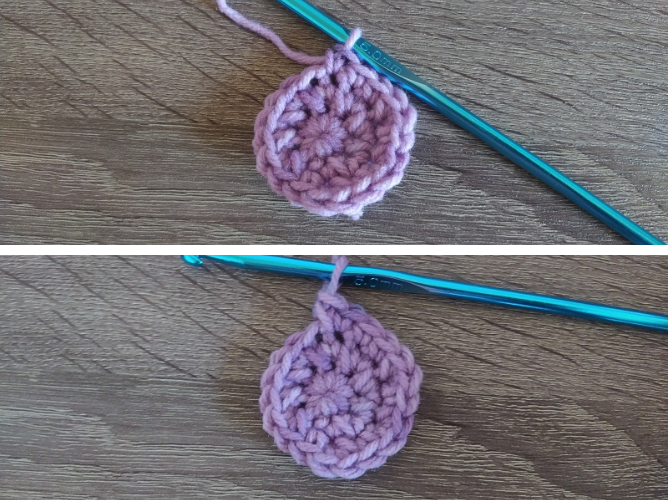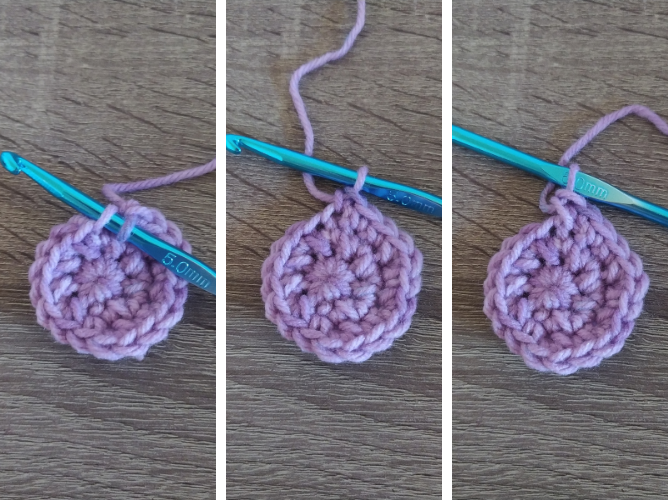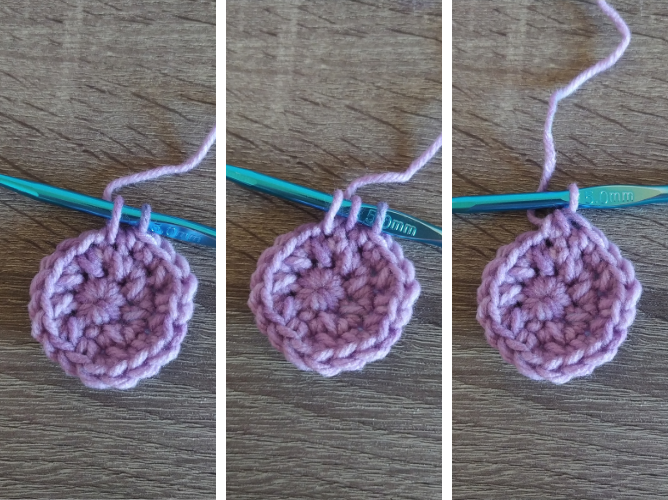
Amigurumi are crochet stuffed toys. Animals, plants, food, almost anything you can think of could be made into an amigurumi. Amigurumi started as a Japanese art, and became popular in the United States in the early 2000s. Over time, their popularity has only grown! They sell like crazy at craft fairs, and everyone I’ve gifted an amigurumi to has absolutely loved them. Luckily, amigurumi are easy to make as long as you have a beginner-friendly pattern and know a couple of basic techniques.
Traditional Increase
When you make an increase, you are adding one more stitch. If you have a row with 16 stitches, and you make one increase (for example: inc, sc 15), at the end of the row you will have a total of 17 stitches. To make an increase, you work 2 crochet stitches in the same base stitch. This is how you increase with all basic stitches such as single crochet and half double crochet.

Invisible Increase
Making a traditional increase can stretch out the stitch underneath it and make a little hole. By using the invisible increase instead, your amigurumi will have smaller gaps for stuffing to get through. When crocheting a stitch of any kind, you generally work into the top of the stitch of the row below. The top of the stitch has 2 loops: the front loop and the back loop. The front loop is closer to you, and the back loop is behind the front loop, further away from you.

To make an invisible increase, you make the first stitch in the front loop of the base stitch, and the second stitch through both the front and the back loops of that same base stitch.

Traditional Decrease
When we make one decrease, we are removing one stitch. If you have a row with 16 stitches, and you make one decrease, you will have a total of 15 stitches in that row. Making a decrease is different depending on what stitch you are using, but you always work across 2 base stitches. To make a single crochet decrease, you insert your hook into the base stitch, yarn over and pull up a loop, and keep those 2 loops on your hook. Insert your hook into the next base stitch, yarn over and pull up a loop, and then yarn over and pull through all three loops on your hook.

Invisible Decrease
Like the traditional increase, the traditional decrease can make holes in your amigurumi where stuffing shows through. The invisible decrease is worked in the front loops only, leaving the back loops where they are to block any holes. In order to crochet an invisible decrease, you insert your hook into the front loop only of the first base stitch, insert your hook into the front loop only of the second base stitch, yarn over, and pull through 2 loops on your hook. You should have two loops still on your hook, yarn over and pull through both loops on your hook.

Learning how to increase and decrease is essential for crocheting amigurumi. The traditional way is great, especially for beginners, but if you have any problems with holes, try out the invisible versions. I’ll be writing more articles on amigurumi so if you’re interested, follow Yarn in a Teacup on Facebook to keep up to date on new articles.
